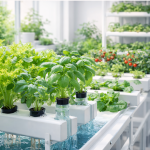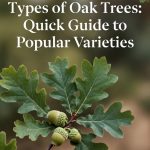This article is about what do geese eat? If there is enough of it and it is of a high enough grade, geese will mostly eat grass. All the vitamins and minerals that geese require are present in the grass, but they are only present when it is young in the spring. The domesticated geese must be kept on short grass, which may require frequent mowing at home or maintaining them in a mixed farm system with larger animals that will graze the longer grasses first. When the nutrients in the grass decline or when there isn’t much grass available, what do geese eat? Wild geese can fly, so they can graze for a variety of things. You can frequently witness geese grazing on fields, rivers, lakes, or ponds.
What do Geese Eat?
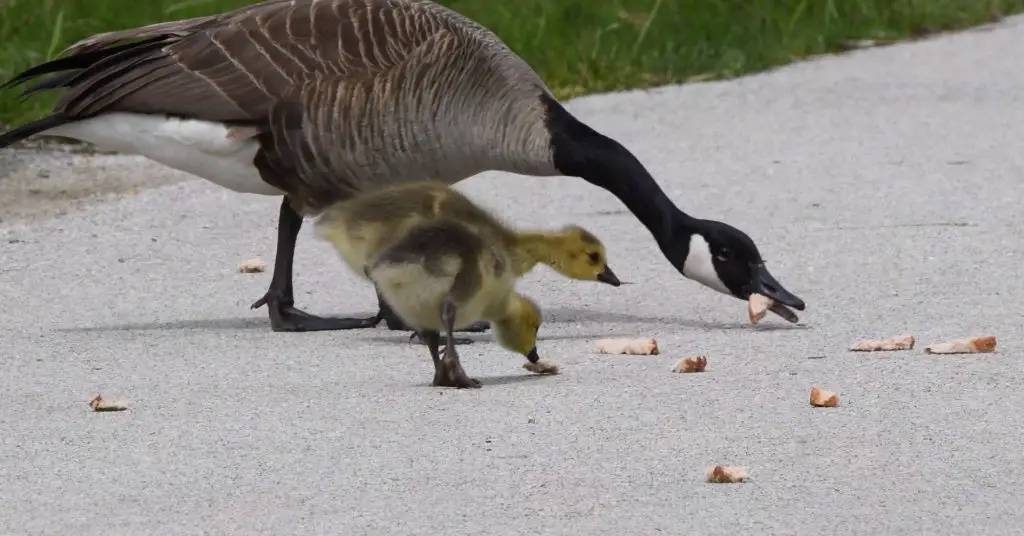
Wild geese eat on land and in the water for around half of the day. A variety of grasses, clover, alfalfa, seed heads, wheat, maize, barley, and beans from fields make up a goose’s diet (usually foraged from fields after harvesting). When available, they will occasionally consume a few berries from hedgerows, but they normally prefer to be in an open area where they can notice approaching predators. A variety of aquatic plants, particularly sedges and their seed heads, are consumed by geese, who also dig out silted-up roots and rhizomes for food.
Although geese consume insects, this is a relatively small portion of their diet. Before migrating, wild geese will eat more food so they may stock up on supplies before taking a lengthy journey. They also consume more carbohydrates (grains and berries) during the fall and early winter so they can generate more heat to stay warm. When food is short during the severe winter months, wild geese must expand their habitat. Here in the UK, geese frequently migrate further south when the winter is exceptionally frigid.
The grass is the primary dietary item for most Canadian geese. Throughout the year, it is accessible almost anywhere they dwell or travel since it is copious, simple to find, and readily available. Naturally, Canadian geese consume various things depending on whether they are on land or in the water. Geese frequently don’t go looking for mollusks and crustaceans to eat. They simply happen to be around the various plants that the geese are eating, so they get an extra treat. When Canadian geese are malnourished, they may start to search for insects, mollusks, and other animals. Despite the fact that these animals are not technically plant-eaters, most people nevertheless describe them as herbivorous, like other waterfowl. Undoubtedly, they are omnivorous.
What Do Geese Eat in the Grass?

Even though geese are mostly herbivores, they occasionally consume insects. In addition to training goslings to forage, they will do this when food supplies are scarce. This is due to the low protein content of plant sources. To develop healthily, the goslings require protein. Since insects are a wonderful source of protein, the goslings will obtain a sufficient amount to aid in their growth and development. The majority of insects that geese ingest probably get up in their stomachs accidentally as they browse among plants. In most cases, geese are considerably more drawn to the foliage than they are actively searching for insects. Since they are frequently present in huge quantities in the freshwater locations where the geese reside, insects are quite simple for geese to catch.
The preference of geese is to consume a lot of vegetation. They frequently choose the tender, green new shoots. Nevertheless, it is common to observe them devouring the plant’s roots, shoots, branches, leaves, and bulbs. In general, geese don’t have a particular plant preference and will consume ornamental, vegetable, herb, and bean plants. In terms of the kinds of plants they consume, geese are not picky and will try most items. In essence, they’ll devour just about any plant as it develops. This implies that they consume a wide range of plant life.
Because they are grazing creatures, geese enjoy eating weeds and grassy spots. When eating, geese will come across weeds and clover and eat such things in addition to the grass. Despite the fact that they are picky about the grasses they consume. In general, fescue and other short grasses will be preferred by geese. People utilize this kind of grass for their lawns. Many vitamins, minerals, and nutrients found in grass keep geese healthy and thriving. They extract it from the ground by the roots using their beaks. Before eating, geese frequently check the grass to make sure they are getting both quality and quantity.
What Do Geese Eat in the Water?
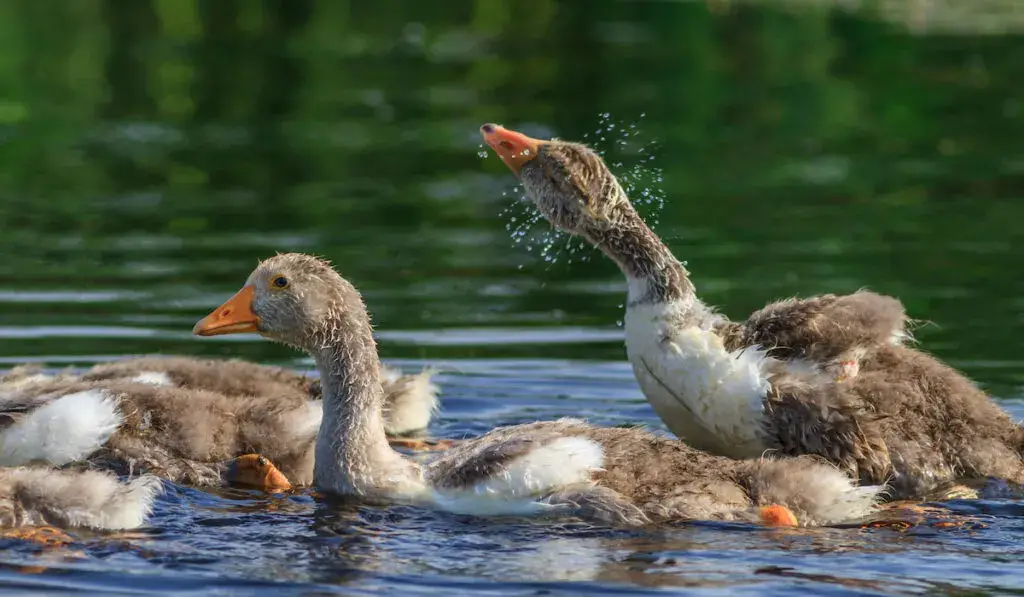
Geese consume aquatic plants including seaweed, kelp, and watercress, just like the majority of birds. But geese often eat terrestrial rather than aquatic food. Although tiny water invertebrates and even small fish are occasionally consumed by geese, they do not generally eat meat. In general, geese have a great preference for eating grass plant stuff and don’t make a special effort to consume fish and aquatic invertebrates. Instead of aquatic vegetation, they mostly eat terrestrial plants. Crustaceans and shellfish are other creatures that geese consume. Once more, they will constitute a very little portion of their diet.
Freshwater snails are the crustacean that geese most frequently consume. Once more, they will come upon them while consuming aquatic vegetation. Snails, which are soft and juicy for the geese to consume, are a wonderful source of protein. Additionally, certain mussels may be cracked open by geese, who then consume the flesh within. This is not usual behavior for an adult goose; rather, it is more characteristic of young geese, who need protein in their diet.
A goose will occasionally consume fish, but it does not make up a significant portion of their diet. Again, this is typical when there are few other food sources. Fish move quickly and are challenging for geese to catch. They frequently simply stick to smaller fish that they may catch by filter feeding or that they can snap up. Therefore, you can be sure that geese don’t go looking for fish in ponds. However, if they are famished and given the chance, they might. Frequently, they do this while diving underwater to consume aquatic vegetation.
What Do Geese Eat in the Winter?
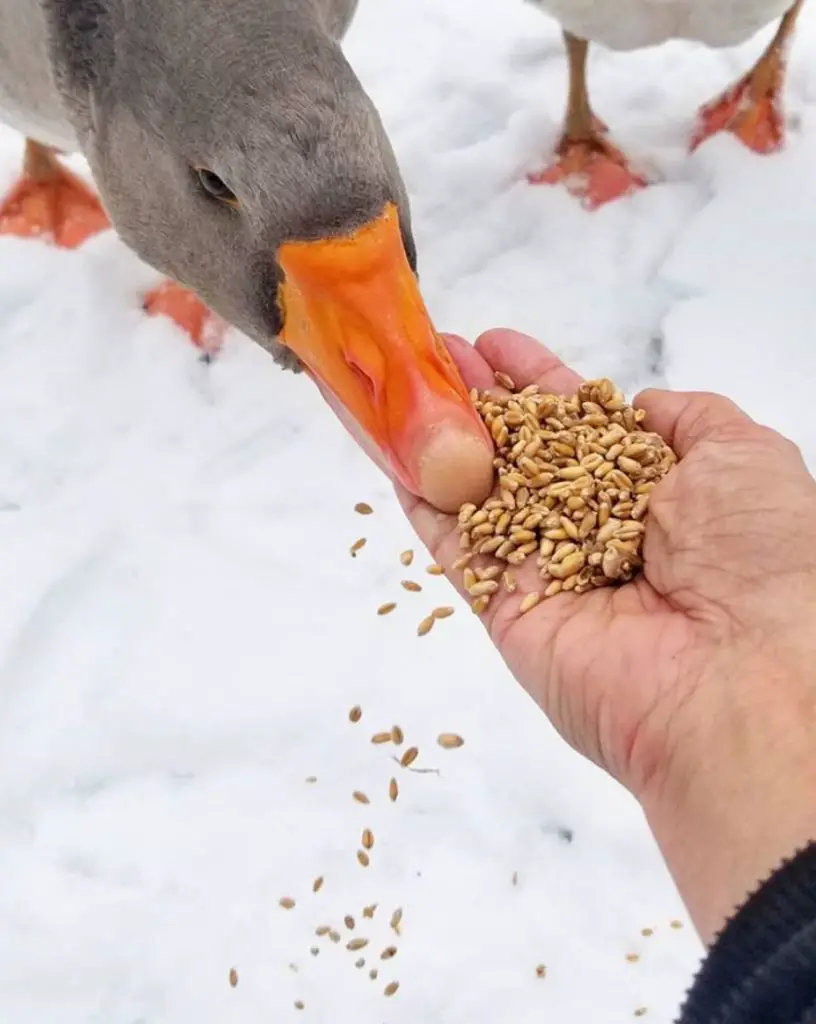
For geese, the winter months are a time of transition as many of them fly south in search of food and warmer temperatures. Canadian geese may travel across North America from Alaska all the way down to the southern states and Mexico. Geese must diversify their diet to maintain good health when they live in places where their favored foods are less readily available. Geese include the following things in their diet:
- Roots
- Berries
- Grains
- Sorghum
- Breaking corn
- Herbs
- Barley
- Berries
To provide them the energy they need to continue their trip and survive the less-abundant winter months, these birds will attempt to supplement their diet by adding extra carbs. Canadian Geese frequently pause in freshly harvested vegetable fields, and they are happy to pause at houses that have fresh vegetables out for them to eat, especially leafy greens. While not all geese migrate in the winter to escape the cold, the majority do. In order to boost their intake of carbohydrates—which also help birds produce more body heat—geese will consume more grains like wheat and barley. Geese are often chubby and stocky with plenty of fat reserves; they’ll eat everything to keep up their proudly rotund physique!
What Do Geese Eat in the Summer?
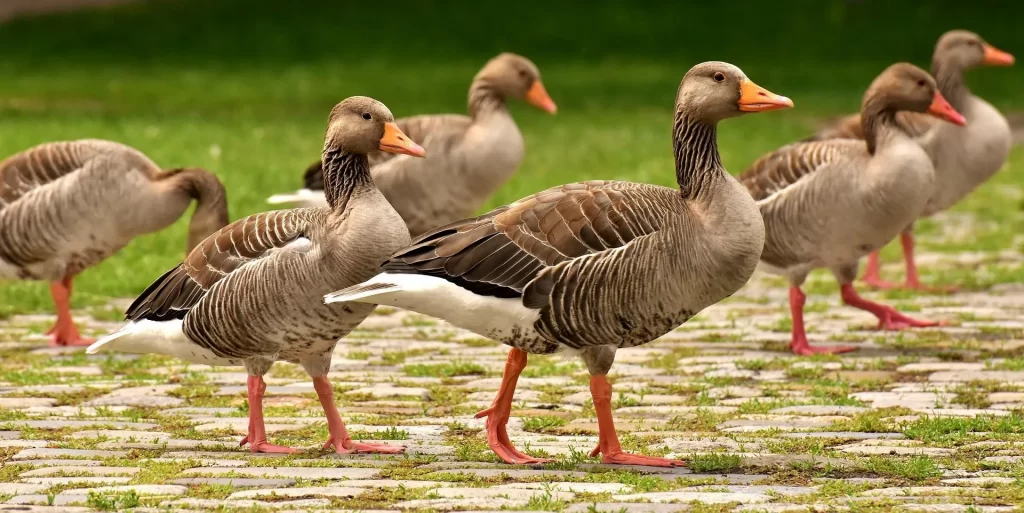
As they graze, geese will come upon a lot of seeds and grains. They are content to have them in their diet. Their tongues include lingual nails, which are little feathery tips that aid in picking up seeds and grains. In fields, yards, and usually anywhere there are other plants around, geese will locate seeds and grains. For geese, trees are a fantastic place to find seeds. A goose’s diet includes a lot of grains, particularly in the winter when grasses are more difficult to come by. These might aid in their pre-migration bulking up. A goose’s health is maintained by the energy, vitamins, and minerals found in seeds and grains.
What Food You Should Not Eat Geese?

Another question arises what do geese like to eat and what do not. Although geese frequently opt to eat a high-carb diet, it’s crucial that they don’t overeat on “empty carbohydrates” like bread. For both geese and many other bird species, moldy bread and other food can be exceedingly hazardous. Geese should be given a variety of foods and should have a varied diet. Another factor to take into account is the increased feces caused by overfeeding geese on bread and other “empty carbohydrates,” which might make their feeding sites vulnerable to bacterial and fungal development. In addition to harming birds like geese and other birds, this may also injure other animals, insects, and even canines.
What Do Baby Geese Eat?
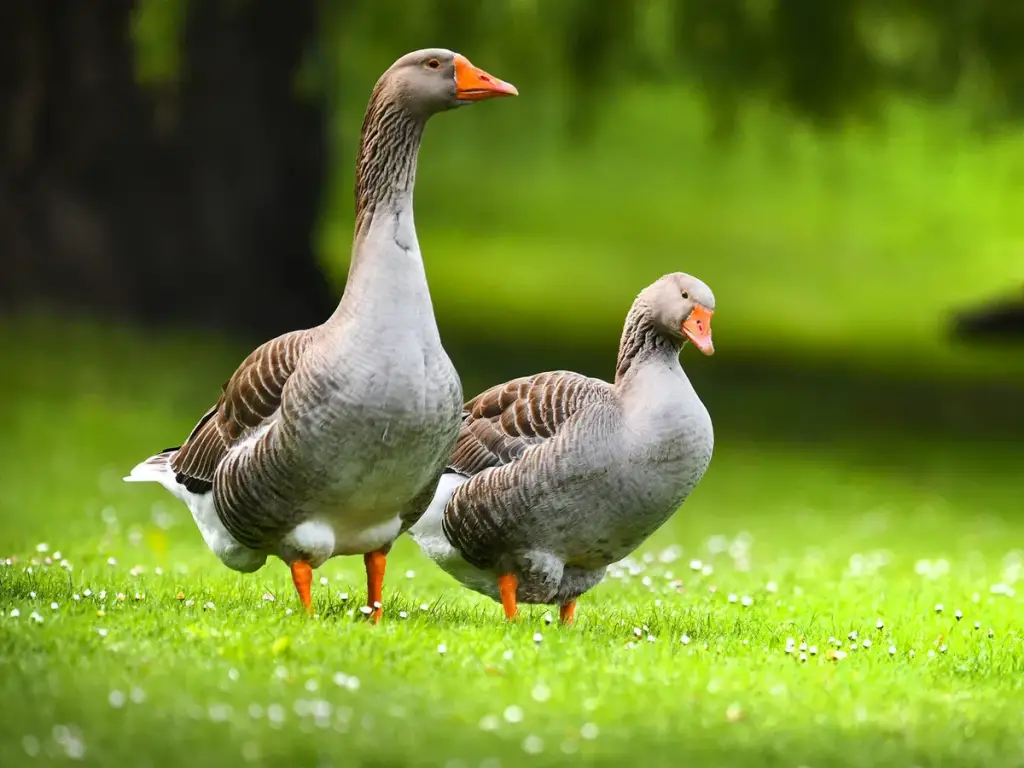
Goslings, the name was given to young Canadian geese, are self-sufficient from the moment they hatch. Like adults, they will like eating grass since it is abundant and convenient for them to ingest. They occasionally eat dandelions and clover that are present in their natural grazing regions. Goslings will also consume whatever little insects they come across, including worms and mosquitoes. The goslings will benefit from the protein-rich diet provided by these insects by consuming them. For the first several weeks of life, the goslings usually stay on dry land to find food, but they quickly follow their mother into the water. Once there, they will start eating like adults and incorporate aquatic plants into their diet.
Plain grass and clovers make up a gosling’s main food source. Chickweed is also frequently fed to domesticated goslings. In the wild, geese typically pick lush, green meadows for their nests since there are so many different types of grasses there for the chicks to eat. Goslings don’t require a complicated diet, and their stomachs are ideally suited to soft plant food as a kind of weaning. They develop rapidly until they are ready to fledge after 3 months and depart the family unit after around 9 months. They thrive on grass.
Do Geese Eat Fruits?
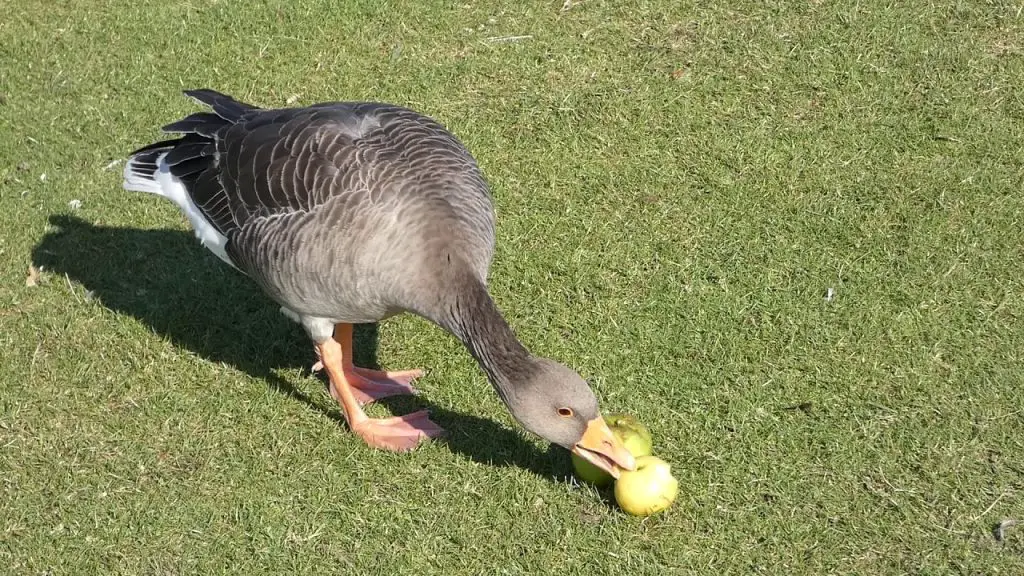
Apples are a great source of energy for birds like geese. Cutting apples into manageable parts is preferable to feeding geese huge chunks of fruit. Most birds, both domestic and wild, can consume grapes. It’s interesting to note that methyl anthranilate, a synthetic grape flavoring used in non-toxic bird repellant, repels many other species as well as Canada geese. All natural grapes, however, are excellent!
Do Geese Eat Meat and Fish?

A similar question arises on what Canadian geese eat. Even though they are often omnivorous, geese don’t require any kind of meat to survive. Even while tiny invertebrates and even small fish can be eaten by geese, this is not the main component of their diet. Generally speaking, geese may be categorized as herbivores since they will contentedly feed on grass and other plant matter while disregarding insects and other tiny creatures. The majority of goose species rarely eat meat or fish since they are almost exclusively herbivorous. In fact, certain species, including Canadian geese, are classified as herbivores. Geese don’t typically consume fish or meat since they are well-equipped to sustain their substantial plant-based diets.
Conclusion
Since most geese are herbivores, grasses, plants, flora, and grains make up a sizable portion of their diet. They will usually be drawn to places where there are plentiful supplies for these meals. Additionally, fruits, insects, tiny fish, crustaceans, and aquatic invertebrates are among the dietary items that geese will consume. These nourish and nourish newborn goslings while also serving as a food supply for adult geese during times of scarcity. When foraging to consume plants, geese frequently ingest insects and tiny pond creatures by mistake. After reading this article, now you know everything about what do geese eat?
